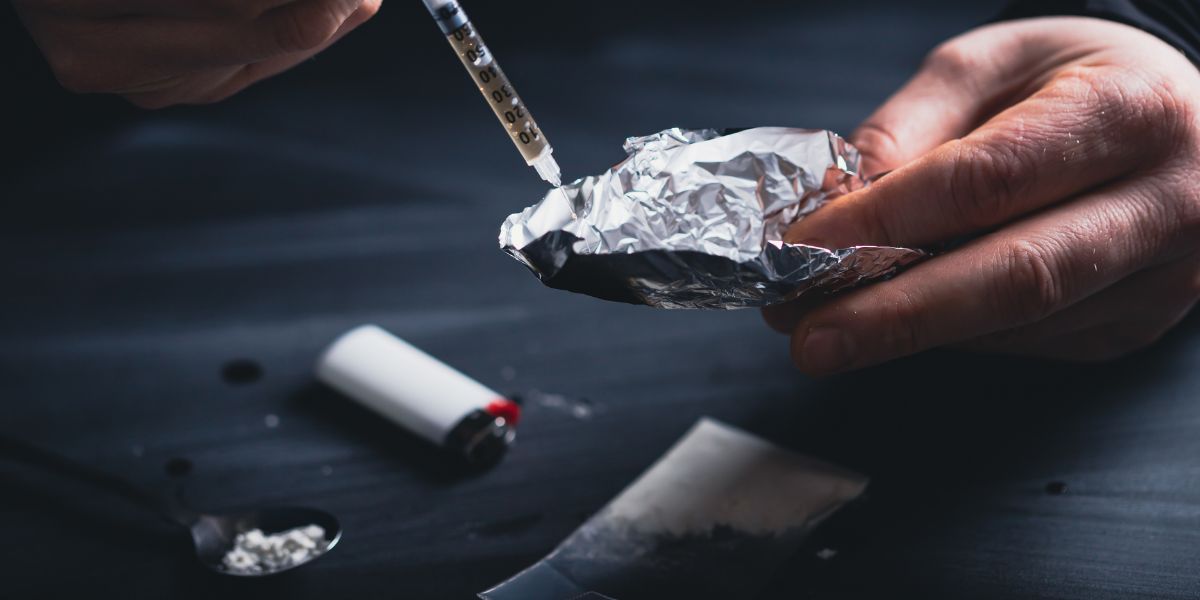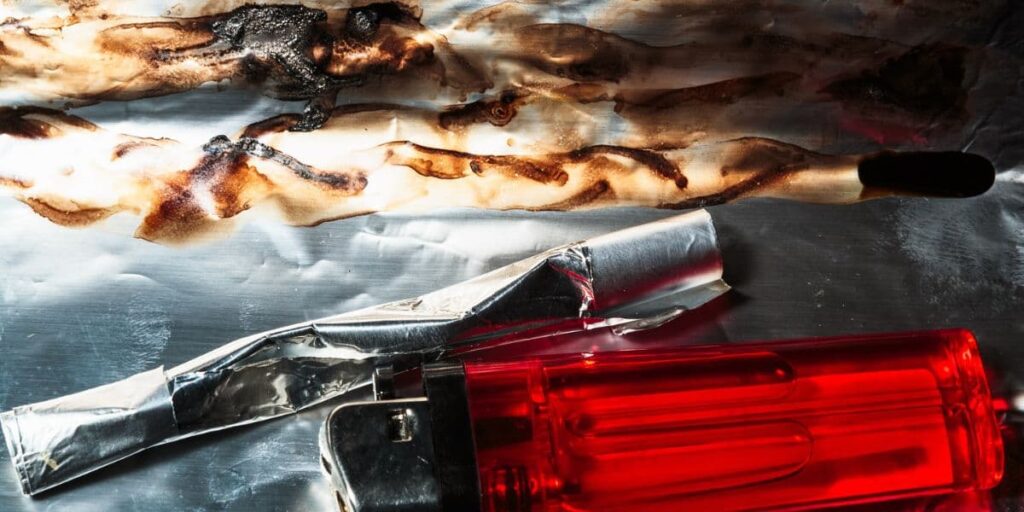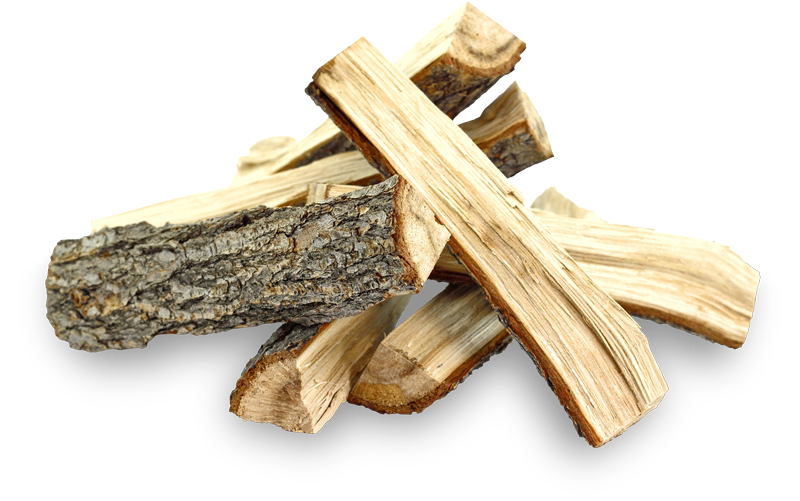Types of Heroin: Ingredients, Effects, and Risks


Heroin addiction in the US increases every year, leading to more opioid addiction and deaths from overdoses. As more people abuse prescription painkillers, there are always new types of opioids and heroin being sold on the streets.
People make heroin from the seed pod of the opium poppy plant, and different forms of heroin are produced by processing, cutting, and distributing it.
Prescription opioids are often a primary gateway to heroin addiction. However, unlike prescription medications, heroin is an illegal drug, leading to inconsistent availability, purity, and side effects that are unpredictable and hazardous.
Drug dealers often mix other substances with heroin to make more of it or make it more potent. This makes it harder to know what is really in the drug. Substances used to cut drugs can vary from safe ingredients such as powdered milk to harmful drugs like fentanyl and benzodiazepines.
People who use heroin and have built a tolerance to one type may overdose upon their first use of a different variety or a batch that has been adulterated with a lethal substance.
In the United States, drug traffickers source most heroin from three key regions: South America, Southeast Asia, and Southwest Asia. A person’s location and financial ability typically determine the particular kind of heroin they can obtain.
It’s important to understand the various types of heroin. This knowledge is crucial for managing long-term effects. It is also essential for handling medical emergencies and treating opioid overdoses.
Types of Heroin
The National Institutes of Health, the NIH identifies three forms of heroin: white powder, brown powder, and black tar heroin. Each variety has experienced an increase in the use of synthetic opioids as cutting agents.
All types of heroin derive from the seed pods of the opium poppy plant and are highly addictive. Differences between them vary in terms of where they are made, how they are processed, additives, purity, look, and effects.
While each batch of drugs may vary, each type of heroin typically possesses unique and defining characteristics.
White Powder Heroin
White heroin appears as a fine, white powder, though it can also be off-white, beige, grey, or even light pink. Generally, white powder heroin is the purest form available. It exhibits a sheen when unadulterated but appears dull and chalky when mixed with other substances.
Brown Powder Heroin
Brown heroin is typically a fine powder resembling sandy or brown sugar and may clump together. This type of heroin is easier to make than white heroin, but it has more impurities and is not as strong. Its color can vary depending on the substances mixed with the heroin during production.
Black Tar Heroin or Liquid Heroin
Black tar heroin appears as black, dark brown, or sometimes a very dark orange color. It is found in hard, sticky lumps or as a thick, black liquid resembling soy sauce. This type of heroin is the lowest grade, making it easier to adulterate and more affordable.
Synthetic Heroin
Synthetic heroin represents a new category of drugs that includes substances like fentanyl, purple heroin, and xylazine. Some injectable drugs act like heroin but may not actually contain heroin. They may not be reversed by Narcan, which is used to treat opioid overdoses.
Harm reduction centers frequently offer complimentary testing services for individuals worried about harmful substances in their heroin. Because additives are always changing, test kits may not find every substance.

Slang for Heroin
The slang terms for heroin often reflect the drug’s type, effects, appearance, quality, or region of origin. Common slang names for heroin include:
- Tranq dope
- Salt
- China white
- Mexican mud
- Black tar
- Dirt
- H
- White nurse
- Smack
- Angel dust
- Black pearl
- Benzo dope
- Brown powder
- Purple
- Black sheep
- Dragon
- Diesel
- Brown sugar
- Good H
- Fairy dust
Can You Snort Heroin?
Some forms of heroin, specifically white and brown heroin, users can snort. The texture of black tar heroin, however, stops people from snorting it.
The National Institutes on Drug Abuse (NIDA) says that many people begin using heroin by snorting it. They do this instead of injecting it to avoid risks and stigma. Moreover, a common misunderstanding exists that inhaling or snorting heroin has a lower risk of causing addiction. Whether you snort or smoke heroin, it’s highly addictive.
Snorting heroin gives a weaker high than injecting it. This causes some users to start injecting as their addiction gets worse.
Effects of Heroin
Heroin is highly addictive because of its ability to bind to opioid receptors in the brain, producing potent effects. Heroin quickly affects the brain and causes addiction and physical dependence when injected, smoked, or snorted due to sticking to opioid receptors. These receptors control feelings of happiness, reduce pain, and regulate heart rate, sleep patterns, and breathing.
The initial effect of heroin is a rush of euphoria and relaxation, which soon transitions to other side effects. The short-term effects of heroin include:
- Feeling sleepy
- Reduced breathing rate
- Decreased heart rate
- Itchiness
- Parched mouth
- Nausea and vomiting
- Hot, reddened skin
- Cognitive dysfunction
Risks of Heroin Use
Due to its high addictiveness, heroin can lead to withdrawal symptoms after a single use.
Continued and long-term heroin use significantly impacts both the mind and body. The long-term effects of heroin use include:
- Sleeplessness
- Reduction in weight
- Vein collapse
- Bacterial infections in soft tissues and their decay
- Difficulty in bowel movements
- Stomach pain and spasms
- Respiratory problems
- Lung infection
- Diseases of the liver and kidneys
- Cardiac disease
- Low mood
- Nervousness
- Impotence
- Inability to conceive
- Symptoms of withdrawal
- Excessive drug intake
Many people want to quit using heroin to avoid feeling sick from withdrawal. Using drugs to prevent withdrawal symptoms can lead to addiction and may result in accidental overdose or seeking treatment.

Heroin Overdose Prevention and Addiction Treatment
If you or someone you know is struggling with heroin addiction, White Oak Recovery Center can help. We can assist you in finding a path to recovery, health, and happiness.
At White Oak Recovery Center, we provide a caring and empowering atmosphere in our private residential treatment facility. We create personalized treatment plans to help you recover, using proven therapies at every step of your journey.
We design our programs to help you manage withdrawal symptoms and cravings. We offer on-site medical detox with around-the-clock medical care and medication-assisted treatment (MAT) to help you through this challenging process. Our goal is to provide you with the support and resources you need to overcome addiction.
Get in touch now to start your journey towards long-lasting recovery and a meaningful life.

Am I covered for addiction treatment?
Your insurance may cover treatment. Call now for an entirely free and confidential assessment. Recovery starts with a phone call.

- Ciccarone, Daniel, “Heroin in Brown, Black, and White: Structural Factors and Medical Consequences in the US Heroin Market.” Int J Drug Policy, May 2009.
- Mars, Sarah G., et al., “The Textures of Heroin: User Perspectives on ‘Black Tar’ and Powder Heroin in Two US Cities.” J Psychoactive Drugs, Jul. 2016.
- “Heroin Research Report: Overview.” National Institute on Drug Abuse, Jun. 2018.
- “Types of Heroin.” Prevention Insights at the Indiana University School of Public Health, 2024.
Medical Disclaimer:







